The exhibit is composed of three parts and will run from June 24 to June 29. The first part shows the traces of war and daily routine as reflected in the public media, implying both sadness and hope. It has paintings that portray the war, photos that show people’s everyday lives and daily supplies made from war materials. Some noticeable paintings include “Retreat on January 4” by Kim Seong-Hwan.
Movie posters from the time, like that for “Piagol,” directed by Lee Kang-cheon in 1955, and other film-related media are part of the exhibition. Visitors can also see literature works, like “Obaltan,” or, "Aimless Bullet," a novel written by Lee Beom-seon (1920-1981) in 1959, and “Chotoui Si,” or, "Wasteland Poems," by Ku Sang (1919-2004) in 1956. "Obaltan" is a novel about the tragic story of a family that escaped to the South before the war. The "Chotoui Si" poems speak to the tragedy and pain of war.
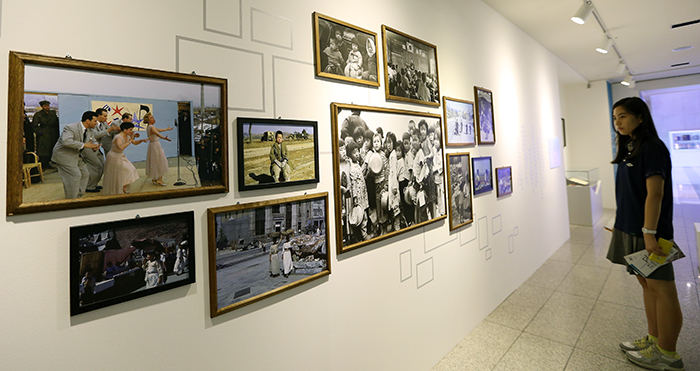
A visitor looks at photos from the 1950s at the special exhibit on the Korean War titled 'Flowers Blooming in the War' at the National Museum of Korean Contemporary History.
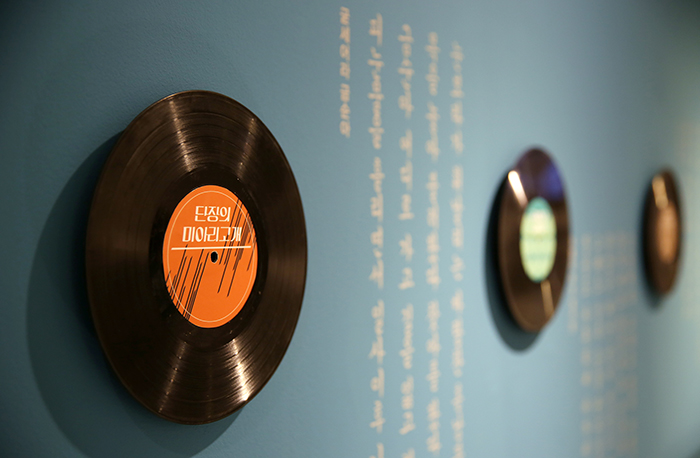
Long-play vinyl records produced in Korea the 1950s are on display. (photo by Jeon Han)
The second part of the exhibit shows remains of the war dead, including helmets and M1 rifles. Photos and video footage of the demilitarized zone are also on display. These photos and video clips deliver a message of hope and recuperation by showing lives that have grown beyond the tragedy.
The third part of the exhibit is designed to honor the countries that participated in the war in support of Seoul. Visitors can see photo albums that record the Korean War, news articles that report on the Korean War, Taegeukgi, the Korean national flag, with signatures of U.N. forces, and a scarf on which is written the English lyrics to "Arirang," Korea's most popular folk song.
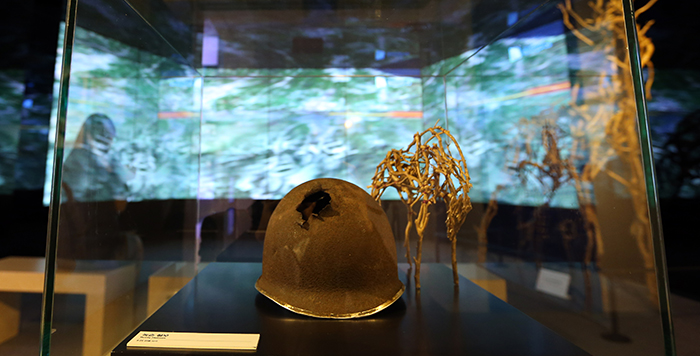
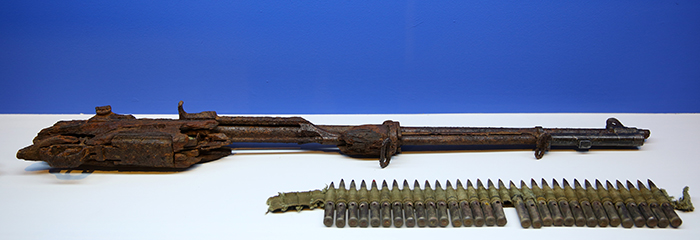
The exhibition shows a helmet with a hole in it and a rifle, both of which were used by an unknown soldier during the Korean War. (photos by Jeon Han)
During the exhibition, the museum will hold sideline programs, as well, including a concert, film screenings and literature events. The museum will also run a special event in its exhibition hall where visitors can make fans that list all 16 countries that participated in the Korean War.
The exhibition and cultural events all have free admission. More information about the museum is available at its homepage, www.much.go.kr
By Yoon Sojung
Korea.net Staff Writer
arete@korea.kr
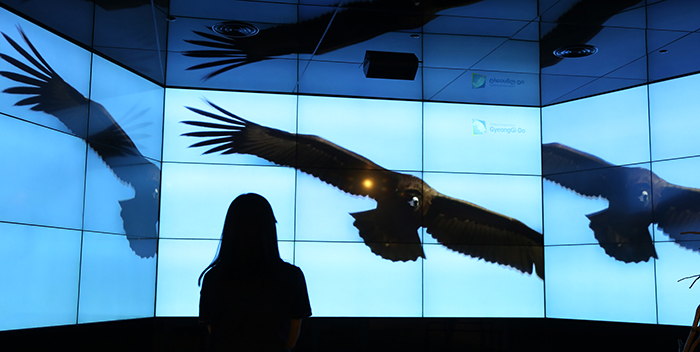
A visitor watches a video clip that shows the demilitarized zone. (photo by Jeon Han)
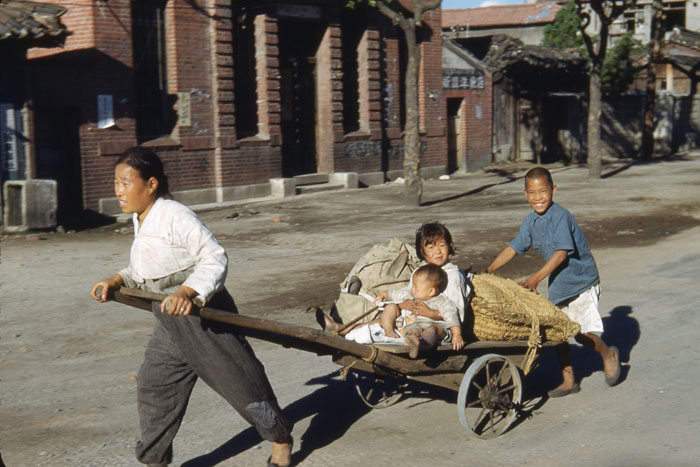
'A refugee family,' photographed by John Rich. (photo courtesy of the National Museum of Korean Contemporary History)
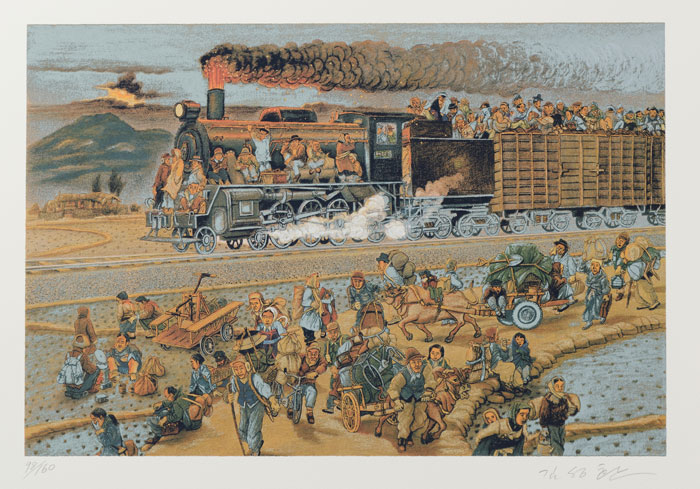
'Retreat on January 4' by Kim Seong-Hwan (photo courtesy of the National Museum of Korean Contemporary History)
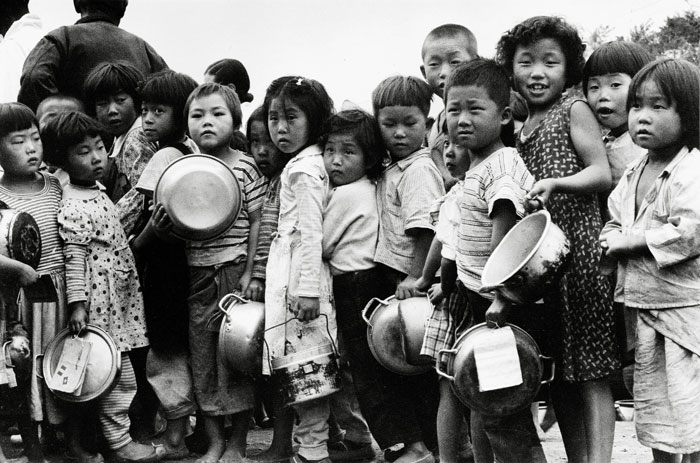
'Food Supply for Children, Seoul,' is photographed by Chung Bum Tai in 1955. (photo courtesy of the National Museum of Korean Contemporary History)